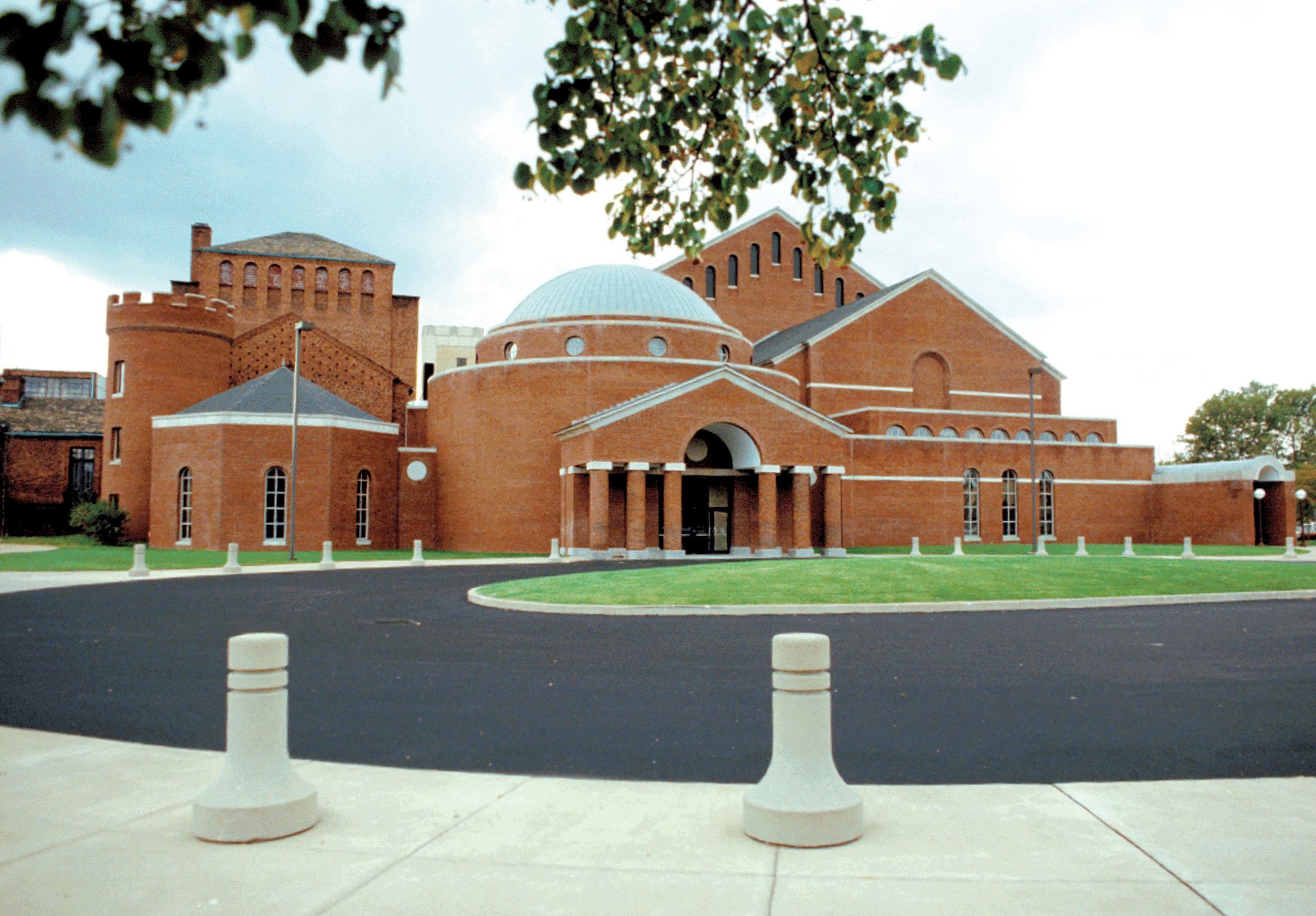
Today we’ll take a look at the scheduled repertory for the first two rounds, when all 34 contestants will be performing. The playlist includes an impressive total of 145 works by 37 composers.
The rules for rounds one and two require candidates to choose pieces in each of five categories and spread them out over the course of their two performances in front of the jury. The categories: an original work or group of works from the Baroque period (no transcriptions allowed!); a Chopin etude; a Classical sonata (Schubert doesn’t count); a work or group of works by Chopin, Brahms or Schumann (choose one); and a work or group of works composed by a single composer after 1950.
In the Baroque slot, the only composers to be favored with performances by the candidates are J. S. Bach, G. F. Handel and Domenico Scarlatti. Handel gets short shrift — only his Chaconne in g will get played this time around. Bach’s in second place with eleven Preludes and Fugues from the Well Tempered Clavier (both books), three Partitas and two Toccatas. The clear numerical winner is Scarlatti — whose sonatas were Horowitz’s favorite curtain raiser — with 24 unique sonatas out of the 600 or so he wrote to be represented in the competition. With that many to choose from, you’d not expect many duplications, and in fact only two have attracted more than one player (K. 17 will be played twice, K. 87 three times).
The Chopin Etude department will yield performances of 22 separate pieces from op. 10 and op. 25. Out of opus 10, no. 1 will be heard six times, no. 5 and no. 8 thrice each, and no. 10 twice. One contestant will offer all the op. 25 etudes in the fourth of the five required categories, but seven pianists will interpret op. 25 no. 10 and five no. 11.
In classical sonata territory, the triumphant — the only — composers are Beethoven (12 separate sonatas) Haydn and Mozart (tied at 5 performances each). Beethoven’s Op. 109 is the favorite by that composer with four scheduled performances. Three pianists each have opted for op. 2, no. 3, op. 81a (“Les Adieux”) and op. 110, while two contestants have both signed up for op. 111. Mozart is represented by five different sonatas, however only two of Haydn’s many pieces in the genre are in the works: Hob. 16 no. 20 will be played by two performers and no. 50 by three.
The required group of compositions by Chopin, Brahms and Schumann will inspire performances of numerous pieces. In Chopin’s case, there are Mazurkas (2), Scherzos (3), Sonatas (2), Ballades (3) and Nocturnes (2), a fantasie, a rondo, a barcarolle and the Andante Spianato & Grand Polonaise, op. 22, as well as some of Liszt’s transcriptions of Chopin’s Chants Polonaises (file that under Chopin or Liszt?).
Brahms gets airtime for three of his sonatas, four performances of his Paganini Variations and two readings of the Fantasies op. 116, while three pianists plan to entertain us with Schumann’s Kreisleriana, and two each will offer up the Davidsbundlertänze, Carnaval, the Fantasiestücke and Fantasy in C, op. 17. Single performances of the Symphonic Etudes and Variations on a Theme of Clara Wieck round out the list.
Then, almost one by one, enters the after 1950 crowd: Adès, Babbitt, Bartok, Berio, Carter, Crum, Deutilleux, Ginastera, Gubaydulina, Kalabis, Kapustin, Karamanov, Kopelman, Leighton, Ligeti (4 different pieces), Messiaen, Nan, Perle, Radzinski, Ruiz, Schnitge, Sosjko, Takemitsu (same piece by two performers), Vine (ditto), Walker and Yun.
We’ll do a similar survey for the third round once we know who’s still on the island. Meanwhile, prepare to enjoy the flood of piano music that’s about to flow from the Bolton Theatre at the Cleveland Play House!
Mike Telin contributed to this report.


